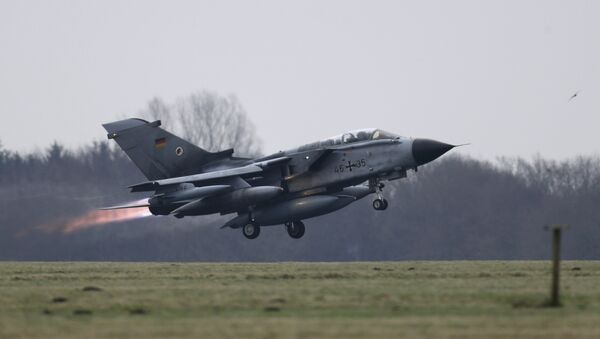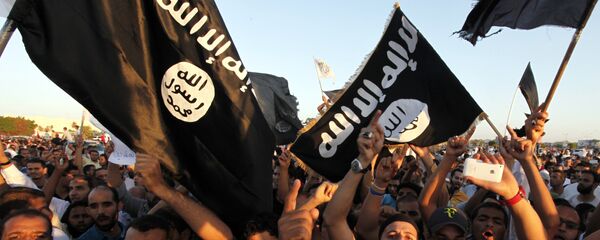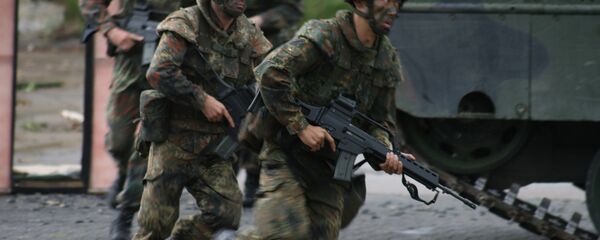"We are working on a timely solution," a military spokesperson confirmed.
According to the report, the problem was caused by the latest ASSTA 3 upgrade of the Tornado's electronic systems, which have made the cockpit lighting too bright for pilots to be able to see the ground clearly.
The Tornado multirole aircraft first entered service in 1980 and can be used as a strike aircraft or for reconnaissance missions.
#ISIS Tornados dürfen nicht fliegen… Es ist Winter und keine beheizbaren Steuerhebel 😱😱 https://t.co/QtYoSYNERI
— @t4you (@t4you) 19 января 2016
'Tornadoes won't fly at night against ISIS,' Das Bild reported.
The Bundeswehr, which is providing six Tornado jets for reconnaissance missions against Daesh in Iraq and Syria, expects a new software fix to solve the problem by the end of January.
Germany's Tagesschau news program reported that the reconnaissance missions in Syria pose a particular difficulty for the Tornado pilots. The Tornados do not receive information from the ground about the proximity of other aircraft, meaning that the pilots have to detect potential dangers themselves.
The German government decided to provide the Tornados, an F124 Sachsen class air-defense frigate, an Airbus aerial refueling tanker aircraft and up to 1,200 troops in support roles for the US-led coalition carrying out airstrikes on terrorists in Iraq and Syria in the aftermath of the Paris terror attacks in November.






